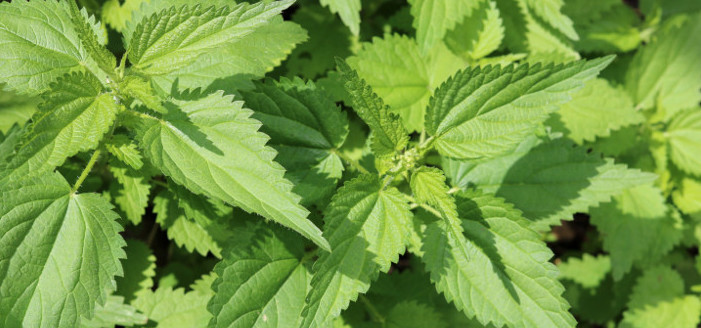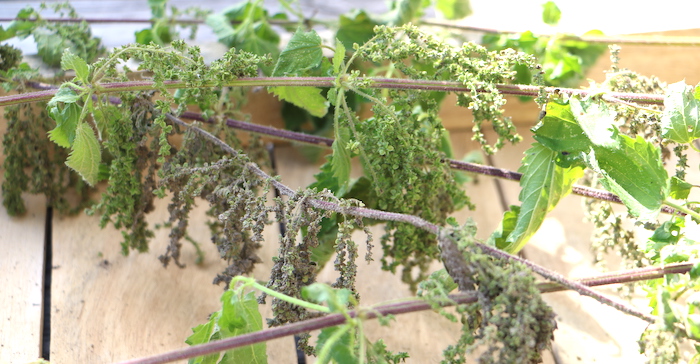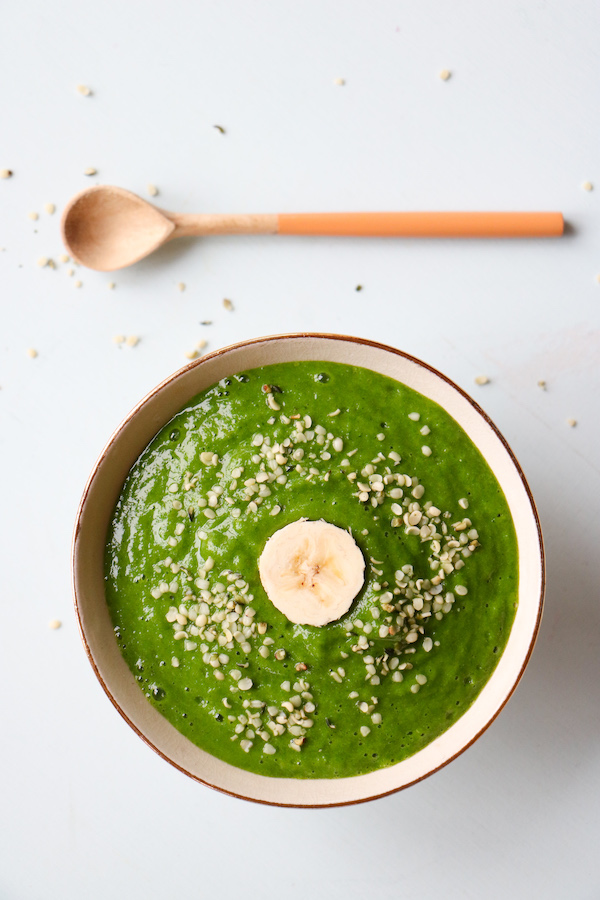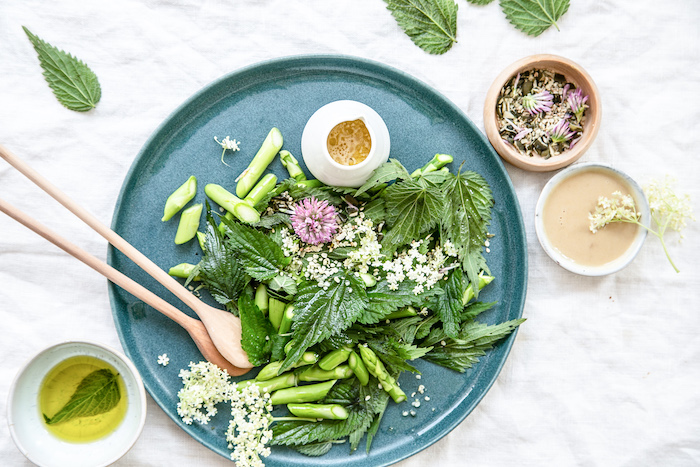Nettle is one of the oldest medicinal herbs and probably has the most nutrient-rich native leafy green of all. It’s quite rightly called the queen of wild plants.
Rich in Nutrients
Nettle is a remarkable plant, brimming with a wide range of essential nutrients that offer numerous health benefits. Below is a breakdown of the key nutrients found in nettles.
Potassium
Nettle is an excellent source of potassium, an essential mineral that plays a critical role in maintaining proper heart function and regulating blood pressure. It also supports muscle function and helps balance fluids in the body.
Calcium
The calcium content is particularly impressive and nettle is therefore very helpful in building bones and teeth.
Magnesium
Magnesium is essential for numerous bodily functions such as nerve transmission, muscle contraction and energy production. This mineral is also important for maintaining a healthy heartbeat and supporting bone density.
Iron
With its iron content, nettle supports the transport of oxygen in the body, helps the immune system and influences the production of hormones and messenger substances.
Vitamin C
The iron content in nettle can be easily absorbed by our bodies due to the simultaneous availability of vitamin C. Nettle helps with iron deficiency, tiredness and exhaustion.
Beta carotene
Beta carotene is the precursor to vitamin A and is very important in a vegan diet, as vitamin A is only found in animal products. Vitamin A is particularly good for the eyes, skin and mucous membranes.
Protein
Nettle is a top source of protein with all essential amino acids in a composition that is beneficial for humans. The protein content is 7.4 grams/100 grams.
Chlorophyll
Chlorophyll is the color pigment that gives the plant its green color. It’s very similar to the molecular structure of the human blood pigment hemoglobin, with a magnesium ion instead of an iron ion in the center and thus has a blood-forming effect.
Silica
Silica is a compound of silicon and water, i.e. a water-soluble silicon compound and can be best absorbed by the body in this form. After zinc and iron, silicon is the third most common trace element in the human body and contributes to the formation of connective tissue, cartilage and bones. As the main element of bone-forming cells, silicon can accelerate the storage of calcium in the bones and is therefore significantly involved in their formation as well as in their stability and elasticity.
Phytoestrogens
Thanks to its high phytoestrogen content, nettle stimulates our hormone system and thus increases vitality and strength, as well es sexual desire and potency. It also has a hormonal regulating effect and, by stimulating the excretory organs, has an additional beneficial effect on the sebaceous glands of the skin.
Healing Effects
blood purifying + blood building + diuretic + detoxifying
With its properties, nettle is perfect for starting the spring. It flushes the body and kidneys, has a nourishing and detoxifying effect. It’s also recommended for allergies, rheumatism, stomach and intestinal ulcers, kidney stones, liver and gallbladder diseases.

Signature Features and Defense Mechanism
The leaves of nettle are rich green, heart-shaped, slightly serrated at the edge and covered with many small stinging hairs. Even with a light touch, the hairs sting the skin with poison and cause hives with a burning sensation. This poison consists of histamines and formic acid, among other things. Nettle can be touched relatively unscathed if you stroke it from bottom to top and thus in the direction of the spines.
NOTE: People with a histamine intolerance can react with a scratchy throat, nausea, stomach or intestinal problems or headaches when eating the wild plant.
Harvest
Nettles can be harvested from March until the frost in winter. To do this, only the top 2 to 3 pairs of leaves are picked. If cut back regularly, they will sprout fresh again and again all year round.
From July onwards, green seeds form in the upper part of the plant, which then take on a brownish colour in August/September. This is a sign that they’re ripe. Nettle seeds have been known as a tonic since ancient times. They’re particularly rich in protein, vitamins A, E and C and contain the unsaturated fatty acids linoleic and linolenic acid in a favourable ratio.
There are female seeds, which hang down, and seeds from the male plant, which stick out from the stem. Preferably the female seeds are harvested, and this is best done at midday on sunny days. The seeds can be eaten fresh or dried and have a slightly nutty taste. We like to simply sprinkle them over salads or other dishes.

Preparation Ideas
Juice and smoothie
The preferred form of preparation in raw food cuisine is a freshly pressed juice, smoothie or smoothie bowl.

Nettle Candy
A clever way to eat nettle candy is to eat it while you’re out walking in nature. To do this, grab a nettle leaf by the stem with your fingertips in the direction of growth and pluck it off. Then, in the same direction of growth, use your thumb and index finger to stroke the front and back of the leaf, roll it up tightly and fold it into a candy. The stinging hairs break off and it’s ready to eat!

Salad
To use in salads, roll nettles with a rolling pin, then chop very finely and sprinkle over a mixed salad like kitchen herbs.
Another option is to brush the nettle leaves with olive oil. This also breaks off the stinging hairs.

Would you like to join our unique program, based on nutritional sciences and practice-oriented training for gaining a high level of health?
We’re more than happy to inform you about all that our training program offers on our website!




0 Comments